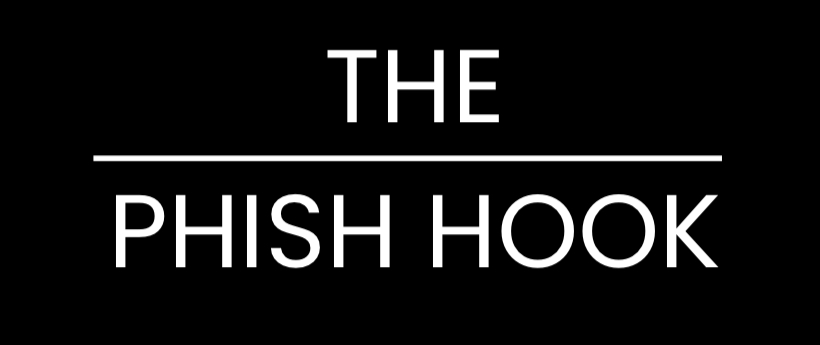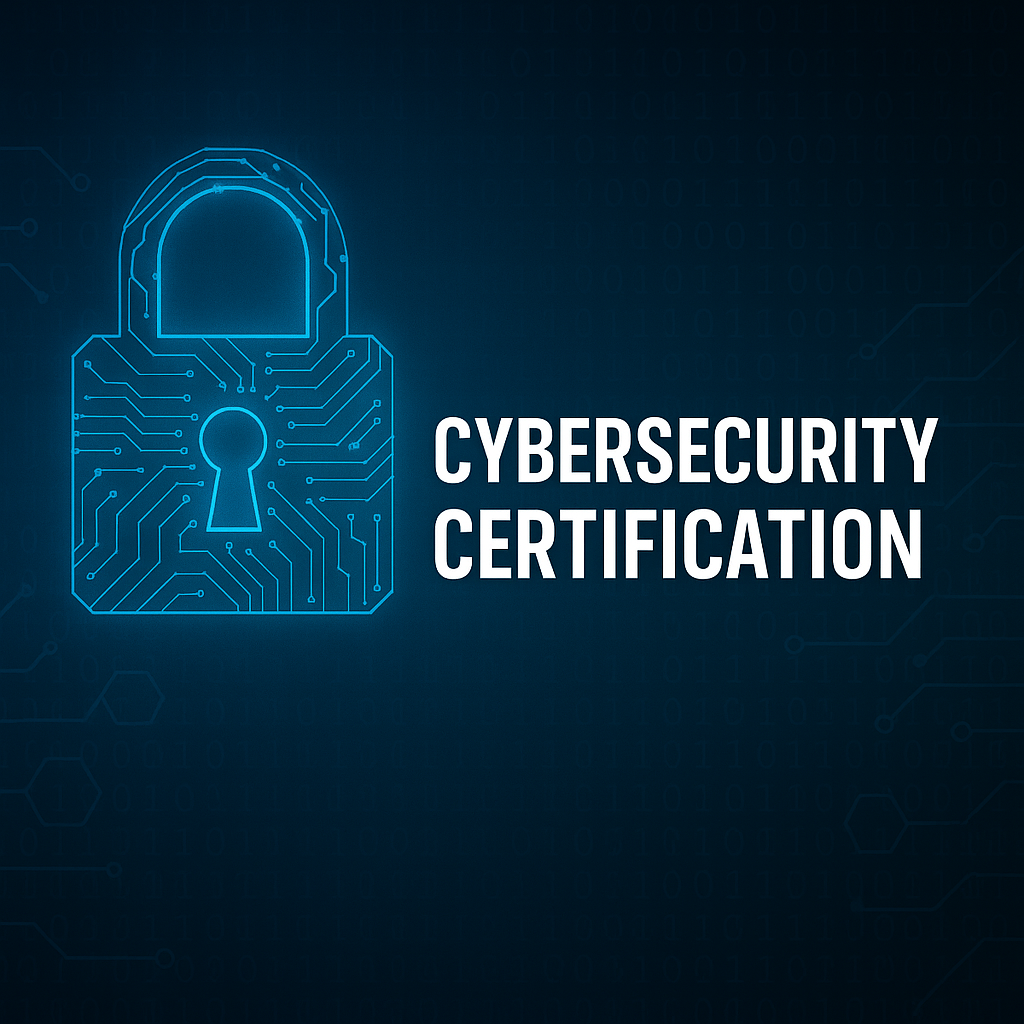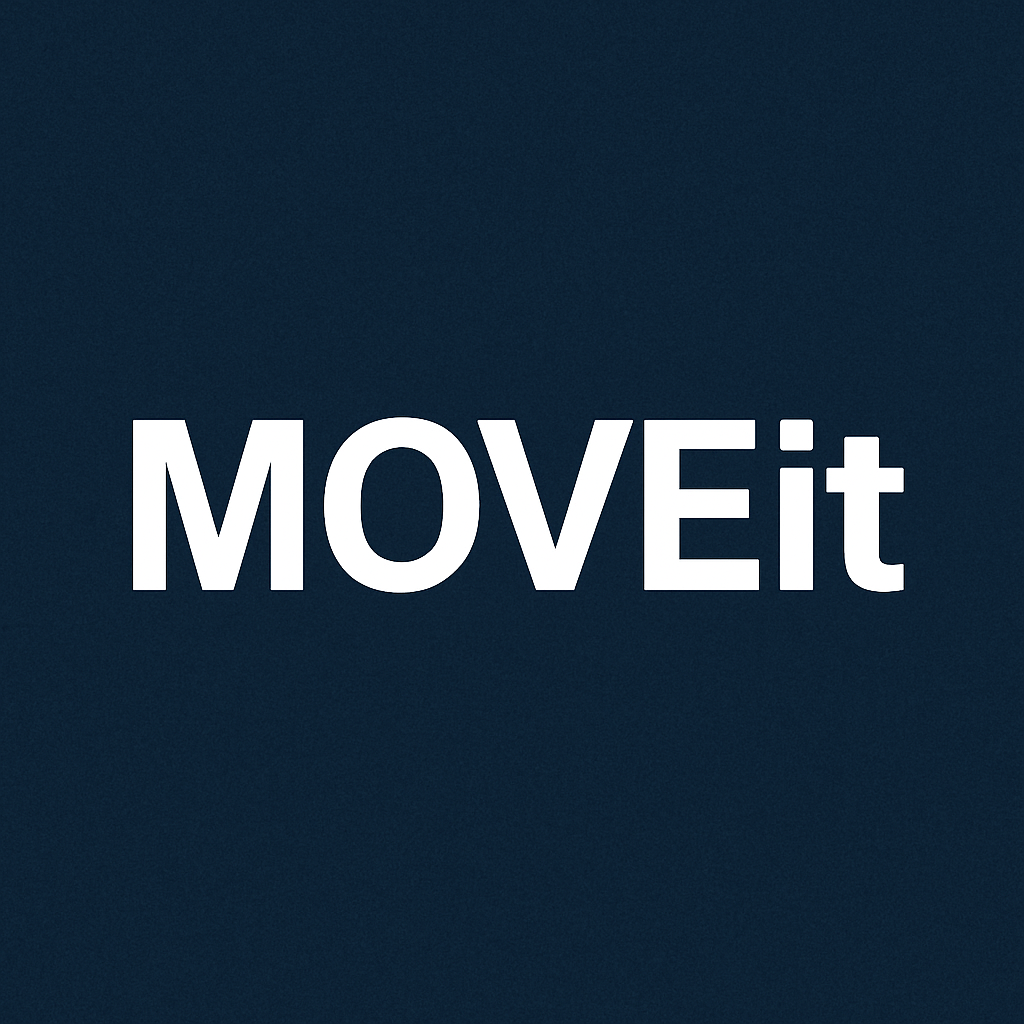North Korea has evolved its cyber tactics once again—this time embedding operatives not through exploitation, but employment. In a growing trend, DPRK-backed IT workers are securing remote roles within U.S. organizations by posing as American freelancers. The goal: fund the regime, exfiltrate sensitive data, and position themselves for long-term access.
Threat Overview:
Rather than relying solely on malware or phishing campaigns, DPRK threat actors are executing a low-and-slow insider compromise. They gain employment under false identities, leveraging stolen U.S. credentials and proxy infrastructure to spoof their geolocation and pass identity verification checks. Once embedded, they access internal systems, intellectual property, and privileged credentials—quietly and legally.
Key Indicators of Compromise (IOCs):
- Inconsistent login IP geolocation (use of residential proxies or VPNs)
- Use of multiple freelance platforms and accounts linked by reused artifacts (CV formatting, GitHub codebases, etc.)
- Requests for peer-to-peer payments or cryptocurrency-based compensation
- Hesitancy to join video calls or undergo extended background checks
Motivations:
- Financial: Funds support North Korea’s sanctioned economy and weapons programs.
- Strategic: Gaining access to intellectual property, source code, and enterprise environments for future cyber operations.
Mitigation Recommendations:
- Implement enhanced identity verification for remote hires, including biometric or video authentication
- Monitor for anomalous access patterns, especially remote logins from unexpected time zones or geographies
- Require code review and approval workflows to limit insider abuse
- Educate HR and hiring managers about the risks of nation-state impersonation in freelance markets
Conclusion:
The next cyber threat may not come from a zero-day exploit—it could come from a fake résumé. Organizations must treat hiring processes as part of the attack surface and apply cybersecurity principles to talent acquisition. In today’s landscape, even HR needs a threat model.



